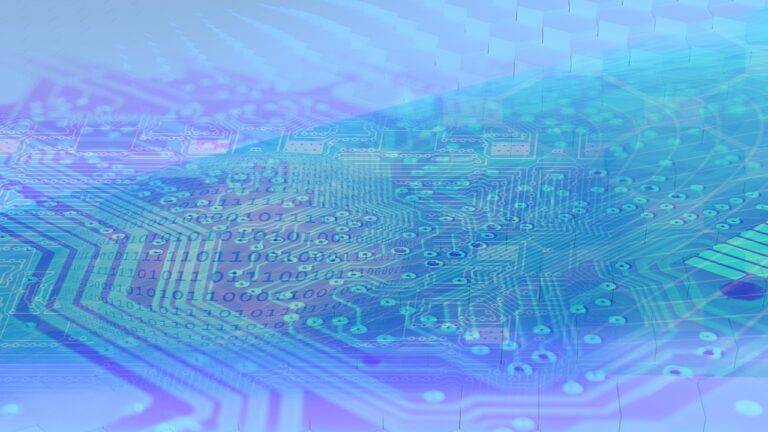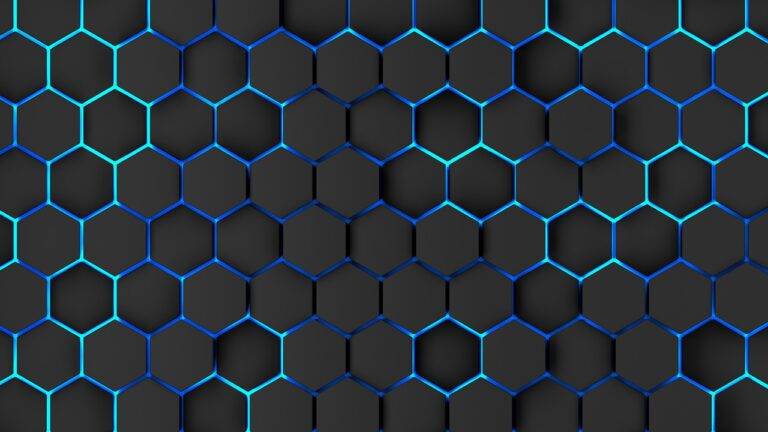Edge Computing: Enhancing IoT Capabilities
Edge computing is a distributed computing paradigm that brings computation and data storage closer to the location where it is needed, rather than relying on a central data processing location. By processing data closer to where it is generated, edge computing reduces latency, bandwidth usage, and overall response time. This allows real-time data analysis and decision-making, making it ideal for applications such as Internet of Things (IoT), where quick responses are crucial.
With the rise of IoT devices and the exponential growth of data being generated at the edge of networks, edge computing has become increasingly important in handling the massive amounts of data being produced. By moving processing power to the edge of the network, edge computing minimizes the need to transmit data back and forth to central servers, which helps in reducing network congestion and enhances overall system efficiency. As more industries embrace IoT technologies, the role of edge computing continues to expand, enabling smarter and more autonomous devices and systems.
Understanding IoT and its Applications
The Internet of Things (IoT) is a revolutionary technology that connects various devices and sensors to the internet, allowing them to communicate and share data with each other. This interconnected network of physical devices enables automation, remote monitoring, and data collection in numerous industries such as healthcare, agriculture, transportation, and smart homes. With IoT applications, everyday objects can be equipped with sensors and computing capabilities to gather real-time information, analyze it, and make intelligent decisions without human intervention.
IoT has transformed the way businesses operate by providing valuable insights into consumer behavior, optimizing operational efficiency, and enhancing product performance. In the healthcare sector, IoT devices are used for remote patient monitoring, medication tracking, and personalized treatment plans. Agriculture has also benefited from IoT applications with precision farming techniques that involve sensors to monitor soil moisture, temperature, and crop growth, ultimately maximizing crop yields and reducing resource wastage. Moreover, smart homes equipped with IoT technology allow homeowners to control lighting, temperature, security systems, and appliances remotely for convenience and energy savings.
Challenges in IoT Data Processing
With the rapid expansion of IoT devices and the increasing volume of data generated, one of the main challenges in IoT data processing is the sheer scale of information to be handled. This deluge of data requires efficient processing mechanisms to extract valuable insights in real-time, posing a significant challenge for existing infrastructure and data processing systems.
Moreover, ensuring the security and privacy of sensitive data transmitted and processed within IoT networks adds another layer of complexity to IoT data processing challenges. As data is constantly exchanged between devices and cloud servers, there is an inherent risk of vulnerabilities that could potentially compromise the integrity of the data and the overall system. Implementing robust encryption and authentication protocols is essential to safeguard against potential breaches and ensure the trustworthiness of IoT data processing operations.
– The sheer scale of information generated by IoT devices poses a challenge for data processing systems
– Efficient mechanisms are needed to extract valuable insights in real-time from the deluge of data
– Security and privacy concerns add complexity to IoT data processing challenges
– Constant exchange of data between devices and cloud servers increases vulnerability risks
– Implementing robust encryption and authentication protocols is essential for safeguarding sensitive data
What is edge computing and how does it relate to IoT data processing?
Edge computing refers to the practice of processing data closer to the source, such as on the edge devices themselves, rather than sending all data to a centralized server. This is especially important in IoT applications where real-time processing is needed.
How is IoT used in various industries and what are some common applications?
IoT is used in industries such as manufacturing, healthcare, agriculture, and smart cities. Some common applications include remote monitoring, predictive maintenance, asset tracking, and environmental sensing.
What are the main challenges in processing data from IoT devices?
Some of the main challenges include dealing with the large volume of data generated by IoT devices, ensuring data security and privacy, managing data from diverse sources and formats, and ensuring low latency for real-time applications.
How can edge computing help address the challenges in IoT data processing?
Edge computing can help address these challenges by reducing the amount of data that needs to be sent to centralized servers, enabling faster processing and response times, improving data security by keeping sensitive data closer to the source, and reducing bandwidth costs.
What are some strategies for overcoming the challenges in IoT data processing?
Some strategies include optimizing data processing algorithms for efficiency, implementing data compression techniques to reduce data volume, using edge analytics to process data closer to the source, and implementing robust data security measures.





